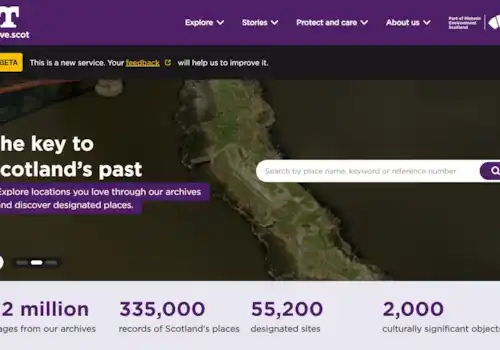02 January 2020
|
Are you constantly moving between ancestors, researching one person and then moving to another before you’ve finished? Our quick guide shows you how to focus on one branch of the family tree at a time and discover all the clues you can.
Whether or not we realise it, many of us are guilty of ancestor hopping, moving regularly between one line of your family tree to another, always in the hope that the grass is greener (or the clues easier to find!).
Whilst there’s no real harm in this, it can sometimes lead to mistakes and muddle our thinking, as one line of the family merges into another in our mind. Read on for some tips and tricks to keep you focused on just one branch of the tree, discovering new ancestors and picking up every clue you can.
1. Choose your branch
Pick a branch of your family tree and make it your mission to stick to that line for a set period of time, even if that’s just a week. Then promise yourself that you’ll concentrate all your efforts only on researching the ancestors on that branch.
You don’t have to restrict yourself just to names and dates, as point 2 shows – there are plenty of ways to add detail and interest to each branch of your tree. You might choose to focus on a branch that you’ve already started, meaning that you can pick up where you left off; or perhaps you’d prefer to follow a family line that you know less about.
So take a look at a diagram of your tree, whether that be online or drawn-up on paper and start or continue your search.
2. Add fascinating detail
Names and dates are essential to family history but there are so many more details to add colour to the tree. As well as noting when your ancestors were born, married and died, why not find out more about the places connected with their lives? You could find a photo or drawing of the church where an ancestor was buried, or study the village where they grew up and find out about which buildings they would have known, where they went to school, etc.
You could also place key dates within wider history. For example, if your 3 x great-grandmother was born in 1836, look up which ancestor was on the throne. What key events happened during this ancestor’s live which might have affected their actions? For example a famine or industrial strike could have caused that person to move to another town or even a different country.
3. Ancestral siblings can curb that ‘ancestor hopping’ urge!
If you’re an ancestor ‘collector’, researching siblings of an ancestor on that chosen branch can indulge your love of moving from one person to another, whilst allowing you to continue your one-branch focus.
So as well as noting down the name and dates of direct-line ancestors, do your best to use BMD records and the census to find out about the siblings of that person, then add them to your tree. As a bonus, if your tree is online and you add in siblings, you’re much more likely to hear from others researching the same family, simply because you’ve added more ancestors to that branch of your tree.
4. Adopt the shoebox approach
During the course of your research you’re likely to come across information relating to a different branch of the tree, whether it’s the release of new records or perhaps a newsletter from a family history society.
Why not create a real or virtual shoebox to keep hold of leads you’d like to follow up and information relating to other branches of the tree? Then once you’ve moved from a particular branch you can pick up a new project with some really interesting leads.








